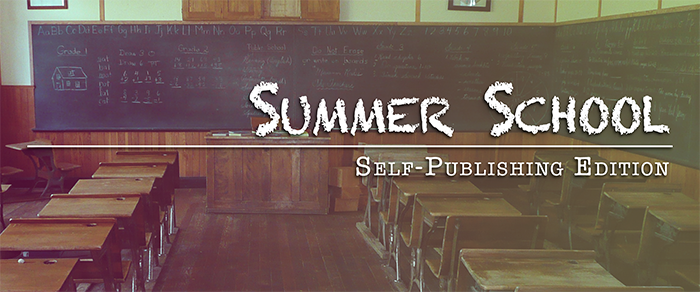Summer School - Self Publishing 101
 Good morning, class! School may be out for the summer, but that doesn't mean we can't learn anything at all in between our trips to the pool and time out in the garden and bike rides and baseball games and running around in the back yard catching fireflies!
Good morning, class! School may be out for the summer, but that doesn't mean we can't learn anything at all in between our trips to the pool and time out in the garden and bike rides and baseball games and running around in the back yard catching fireflies!
Welcome to Summer School!
I have recently had many, many people start asking me questions about self-publishing. Quite a few of my dear blogging friends — and writing friends who don't blog — are getting to a point in their author-journeys where they are looking at the not-so-distant-anymore-future and realizing that the time has come to try to PUBLISH something they've poured their sweat and blood and tears into, and are finding themselves completely overwhelmed.
I also know many authors who have begun publishing, but are still feeling a little lost about how to do this whole thing well.
Still others, like myself, are getting along okay, but know that there's always more to learn.
If you find yourself anywhere on that spectrum I just described, then this series is for you!
Knowing that these questions were milling about in people's minds, I got the idea to put together a summer series of posts about self-publishing. (You may remember that I asked for questions a couple of weeks ago, and BOY did you all deliver!)
But here's the thing. I gotta be honest with you. I feel supremely unqualified to answer a lot of these questions. I began down the road of self-publishing way back in 2005 when I released The Dragon's Eye (which was the original title of King's Warrior). It was horrible. I had ZERO idea what I was doing, but I forged ahead anyway.... which probably wasn't the correct thing to do, but there wasn't quite the wealth of information so easily available back then!
Eventually, I re-edited and republished King's Warrior and started seriously along the publishing route back in 2012. Since then I have self-published 4 novels. I published 1 novella in an anthology with a small press, 2 short stories in two anthologies put together by an author group I'm in, and 1 piece of flash fiction has been published with Havok.
It's not a bad repertoire. But I often still feel like a newbie at this whole thing.
Which is why I went out and found some other teachers to help with this little Summer School Series! Friends, I am so excited to tell you that I have over TEN other authors at varying stages along the author-path lined up to come over to the blog and share from their treasure trove of knowledge with us! Some of them have been publishing far longer than I have, some not as long. Some of them are going to tell you about the mistakes they made. A few have been published traditionally as well as independently (what we in the author world call a "HYBRID" author) and they are going to talk about the differences between the two experiences.
I truly hope that this summer series is one that you find useful, encouraging, and enlightening!
Today, let's start off with something to sort of ease us into the learning experience.
Createspace vs KDP vs Ingram Spark
These names are probably ones you have heard if you have ever considered self-publishing or talked to someone who self-published.
What are they?
What is the difference between them?
First of all, these are all what we call "Print on Demand" (POD) publishers. That means that you can publish your book with them and they will only print copies of your book WHEN and IF someone orders them. It's the thing that makes indie-publishing viable for the average author because it means no huge overhead of costs being tied to a printer who will not print less than 2,000 copies of your book at a time. (Also, it saves space in your garage/attic/basement not having to store all those copies while you try to sell them to anyone who passes by).
- This is NOT the same as a "Vanity" Publisher. If you find yourself looking at a company (or being approached by a company you did not contact first claiming to want to help you publish your book) that is going to charge you hundreds to thousands of dollars for them to publish your book... RUN AWAY!
Okay, long story short: Createspace used to be its own company called BookSurge (yep, that's how old I am, I first published Dragon's Eye with them). They got bought by Amazon - who also owns KDP (which was just for ebooks up until recently). Last year, Amazon got the KDP branch up and running and doing all the things Createspace offered and then summarily dissolved/merged Createspace into KDP so Createspace no longer exists and isn't something you need to worry about.
That leaves the two options I am most familiar with, though these are by no means the ONLY options, just the biggest if you want your books in e-format AND print format.
KDP - this is Amazon's POD service. It costs nothing to upload your book and cover to KDP, and you are not even required to order a physical proof copy, so "publishing" your book to KDP can be as inexpensive as "FREE." (Not counting whatever you spend on editing/cover art/formatting of course). You can now create both your ebook and paperbacks through KDP. Royalties on print books are based on some sort of hocus-pocus involving the length of the book and other variables I'm not sure I understand. Royalties on ebooks can be set at 35% (for books you are pricing under $2.99) or 70% for books priced $2.99 or higher.
Pros - uploads to Amazon automagically (and will usually automatically link your ebook/paperback formats so people can find both easily), free to use, making changes to your manuscript/cover is also free and as simple as uploading a new file. Good royalties and Amazon will pay you each month via direct deposit even if you only make 35 cents. KDP offers you a free ISBN you can use (this does mean that "Amazon" will be listed as the publisher on the product page). You can still use the templates from Createspace to help with formatting your files for upload.
Cons - Quality of printing paperbacks can vary from location to location (I have always had very good success with my paperbacks, but I have heard some not as great stories from other authors, so this is worth considering)
Ingram Spark - Ingram Spark is ALSO a POD company that does everything KDP does, and possibly a little bit more. However, you will pay for this option. To create your ebook costs $25, to create a paperback will cost you $49. You can do both for $49, so that's nice. Royalties from Ingram Spark work out to 40% on ebook titles and 45-70% of the list price on paperback titles.
Pros - I believe the printing quality of Ingram Spark is ever so slightly higher/better than that of KDP. You have a much wider variety of trim sizes to choose from here. Ingram has a better expanded distribution and it is easier to get your books into library catalogues and bookstores by publishing through them. You can get your books in hardcover.
Cons - It does cost money to upload your books. You need to bring your own ISBN, which also costs money, and is pretty pricey (unless you're Canadian, apparently). There are no interior templates (but I'm told the ones from Createspace work well, unless it's a trim-size CS didn't support). If you should happen to find a typo or error AFTER you approve your proof copy, it will cost you the $25 or $49 set-up fee AGAIN for every revision.
Currently, I have all of my books through KDP (rolled over there from Createspace). I am planning to use Ingram Spark for my children's book releasing later this year, and I am considering them for the Turrim Archive. We shall see.
I hope this gave you a helpful overview of the differences between these two fantastic options for indie authors! There are a few other POD companies out there, like Lulu, which I don't know much about.
If you just want your books in e-format, don't care about print, and you want to make your books available more places than just Amazon, there are a couple of options out there like Draft2Digital and Smashwords. I've used both and prefer D2D, which is the newer platform. I find it to be more user-friendly in general.
If you have any questions, please don't hesitate to ask! In this class, you don't even have to raise your hand, first! *grin* So... do you still have questions about POD companies? Have you used either of these services to print your book? How did you find the experience? Let's continue the discussion in the comments!
